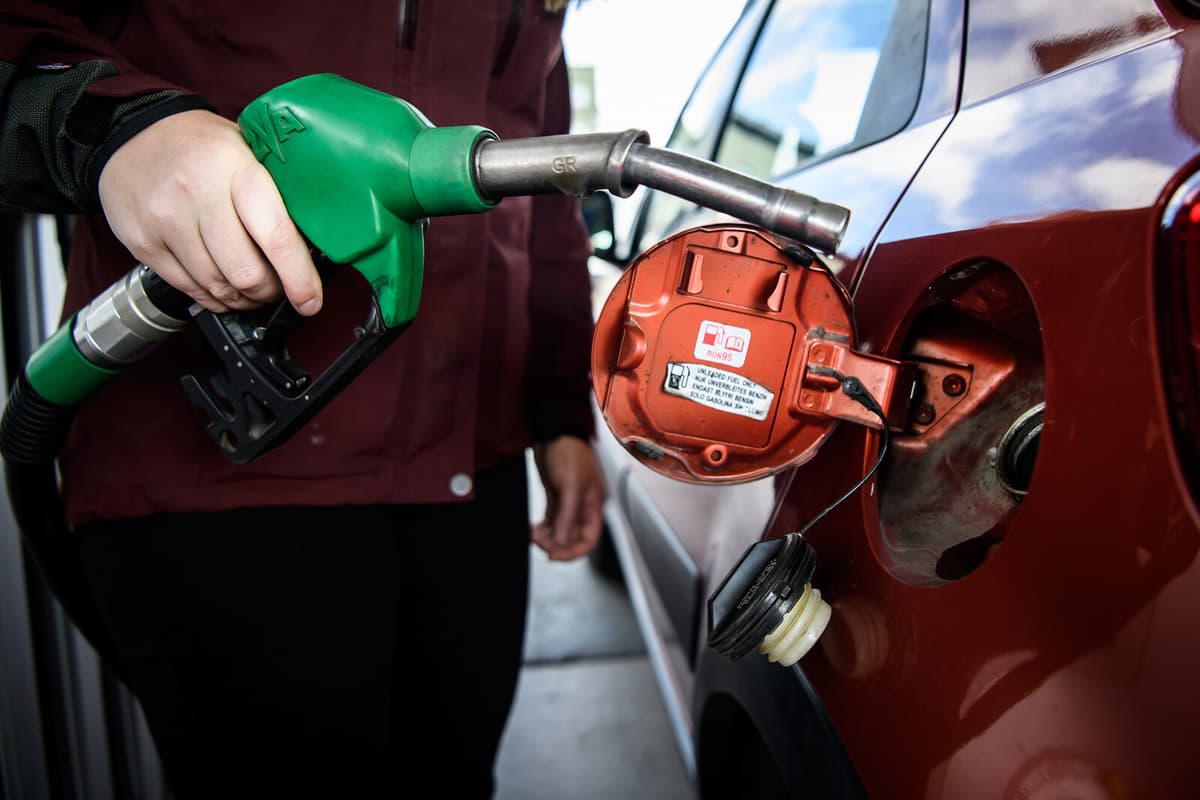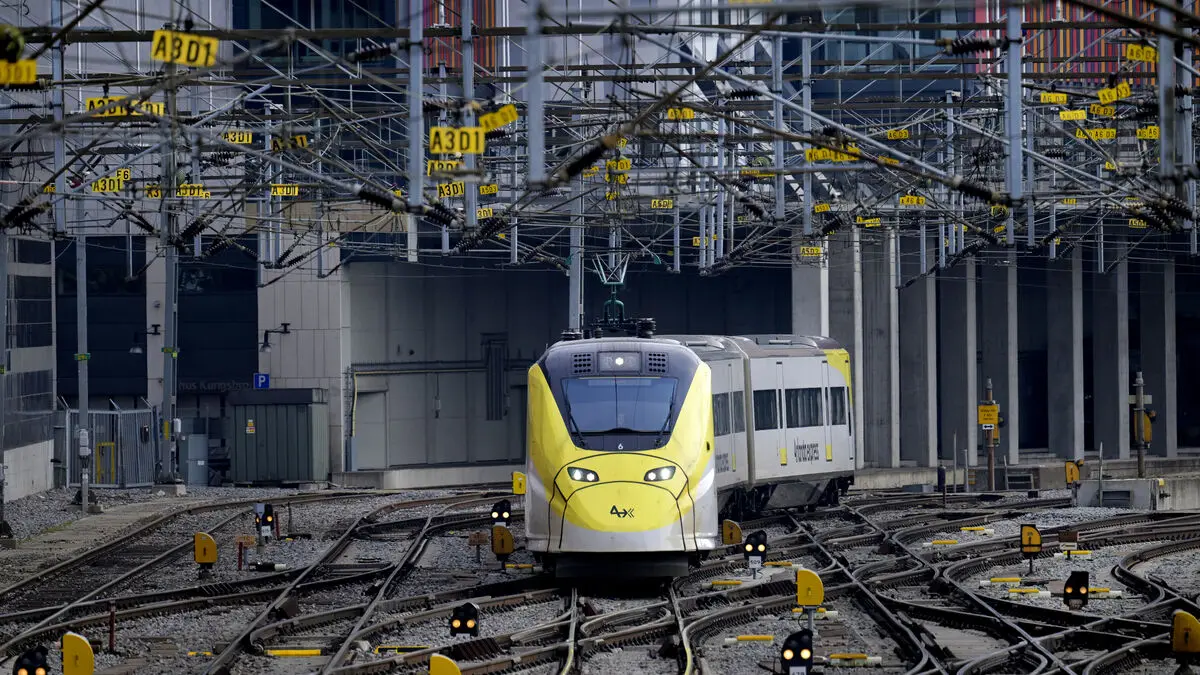During 2022, gasoline occasionally cost over 24 kronor per liter, today the price is around 15 kronor.
A drop in the world market price of crude oil – down almost 20 percent this year – and a dollar that has fallen hard against the krona in the wake of President Donald Trump's tariffs and geopolitics explain the decline in recent times.
Leading fuel chains are now – at the beginning of May – charging around 15.40 kronor per liter for 95-octane gasoline. This means that it costs just over 920 kronor to fill a 60-liter tank with gasoline.
Oil price can continue to fall
At unmanned gas stations and low-price chains, prices can be even lower.
A year ago, it cost around 1,100 kronor to fill the same tank. And going back to the historical price peaks in 2022, it cost around 1,450 kronor.
Much suggests that the oil price can fall further when world trade gets underway in the week, according to Christian Kopfer, commodity analyst at Handelsbanken.
Over the weekend, the oil cartel Opec – led by Saudi Arabia – together with major oil countries like Russia decided to continue increasing production in June by 411,000 barrels per day. This comes after an earlier decision on a similar production increase in May.
An oil war, says Kopfer.
Outwardly, the explanation is that production is increased to punish smaller oil countries like Iraq and Kazakhstan. They are accused of free-riding on Russia's and Saudi Arabia's production cuts.
Theoretical zero point for gasoline
But Kopfer believes that what is rather driving Russia and Saudi Arabia is the "oil war" that is going on in secret. Moscow and Riyadh simply want to make parts of oil production in the USA – since it has risen to record levels.
The really big threat to the Saudis and Russians is American oil production, he says.
But there is not much downside left for gasoline prices in Sweden. Even if the oil price were to go to zero, the theoretical zero point for gasoline would be around 11 kronor per liter, he adds.
Exactly where the bottom goes is determined by the exchange rate. However, that it cannot fall much more than that explained by taxes, fees and the profit margins required to get refineries, transport companies, and gas stations to deliver, according to Kopfer.





